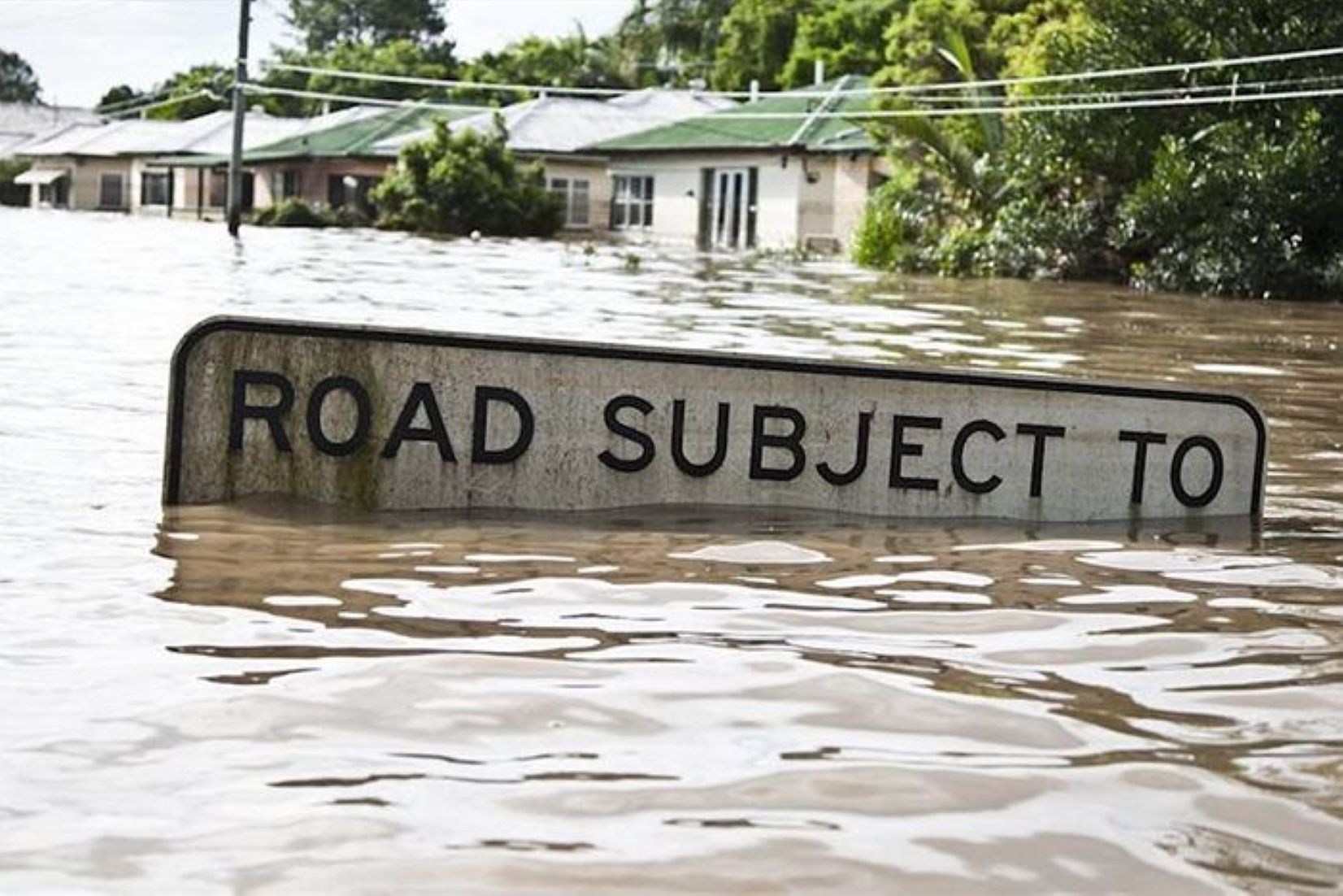CANBERRA, Aug 24 (NNN-AAP) – Human-caused changes to an atmospheric flow in the Pacific Ocean could be responsible for longer El Nino and La Nina events, an Australian study found.
The study, published by Australian National University (ANU) and the Australian Research Council Centre of Excellence for Climate Extremes, today, found that, the Pacific Walker Circulation (PWC) has changed its behaviour in the industrial era.
Led by Georgy Falster from the ANU Research School of Earth Sciences, researchers discovered that, the length of time it takes for the circulation – a major influence on global weather – to switch between El Nino and La Nina phases has slowed.
The team used global data from ice cores, trees, lakes, corals and caves, to build a picture of how the PWC has changed over time.
Falster warned in the study that, multi-year El Nino and La Nina events could become more common as a result of the slower circulation.
“After Australia saw severe flooding and rainfall from a rare three year La Nina event, our research has found that one of the key drivers of these events is changing, with slower transitions between La Nina and El Nino events,” she said in a media release.
“That means in future we could see more of these multi-year La Nina or El Nino events, as the atmospheric flow above the Pacific Ocean switches more slowly between La Nina and El Nino phases.”
La Nina events, which occur when strong equatorial winds bring cooler deep water up to the surface of the Pacific, are associated with cooler temperatures and increased rainfall across Australia, while El Nino typically brings warmer temperatures and increased risk of bushfires.
The study said, multi-year events can exacerbate the risks of extreme droughts, fires, rains and floods.
A rare three-year La Nina between 2020 and 2022 brought record rainfall to parts of Australia’s east coast and has been linked to widespread major flooding in the region in 2022.
“Ultimately, we know the planet is warming and that warming is caused by human-induced greenhouse gases. To plan and adapt for the impacts of climate change, we need to improve our knowledge of climate systems across the board. We need to know how the Pacific Walker Circulation is responding to global warming, so we can help communities prepare for potential periods of flood, drought, rain and fire,” Falster said.– NNN-AAP






